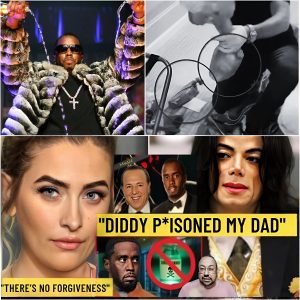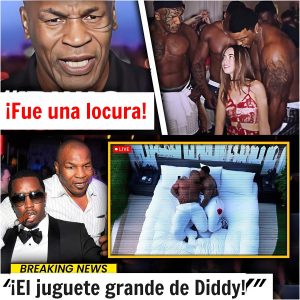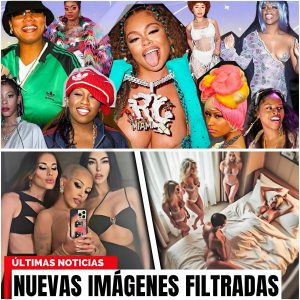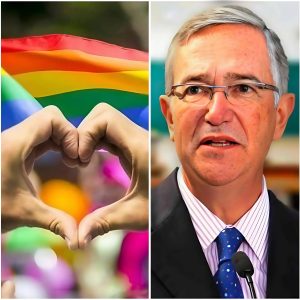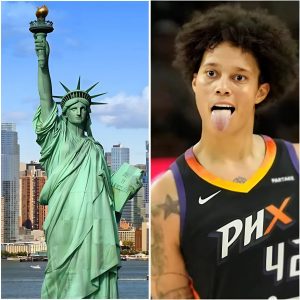Really? A first-rounder was on the table?

Feb 2, 2025; Detroit, Michigan, USA; Chicago Bulls guard Lonzo Ball (2) passes | Rick Osentoski-Imagn Images
The NBA trade deadline didn’t go as planned for the Chicago Bulls. While the Bulls’ Front Office was finally able to rid themselves of Zach LaVine and the $138 million left on his contract, it did so for only three role players, one on an expiring contract, and a 2025 first-round pick. However, the first-rounder is nothing to write about. It was Chicago’s to begin with.
Besides the LaVine trade, nothing else came to fruition. Despite several veterans being mentioned as trade candidates, the Bulls retained every other one of their players—including 34-year-old Nikola Vucevic and 27-year-old Lonzo Ball. Furthermore, it was even expected for the Bulls to reroute at least one of the newbies, Zach Collins, Tre Jones, and/or Kevin Huerter. But as expected, all three stayed put.
It was later revealed that the Bulls’ offers for Vucevic were rather underwhelming, forcing Vice President of Basketball Operations Arturas Karnisovas to hold onto his leading scorer. Karnisovas reportedly eyed a first-round pick in exchange for Vooch but was merely offered a second-rounder for the former All-Star.
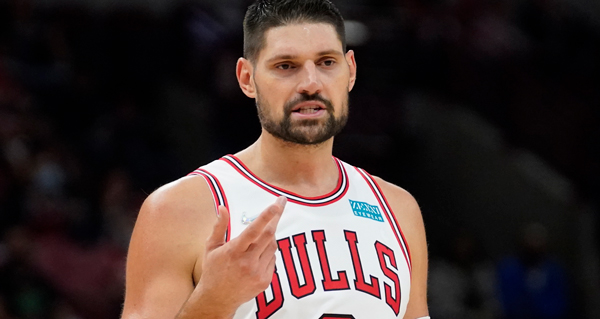
Chicago reportedly declined a first-round pick for Lonzo Ball
While it’s no surprise the Bulls turned down trade offers for Vucevic, who’s enjoying a resurgent season, it’s shocking to learn that Karnisovas declined a fantastic offer for his other veteran, Ball. According to John Hollinger of The Athletic, “…the Bulls had a firm offer to get a first-round pick and take on future money for Lonzo Ball and extended him instead.”
Not shipping Ball out of town for a first-rounder is lunacy. Although Ball is well-liked in the locker room and an impactful player on the court, he’s absolutely worth a first-round pick. The do-it-all guard missed two-and-a-half seasons due to injury. There’s no telling if he’ll ever regain his old form. Ball is averaging 7.2 points, 3.4 rebounds, 3.5 assists, and 1.5 steals per game while shooting 36.2 percent from the floor. Prior to Ball’s myriad of knee injuries, he was averaging 13.0 points, 5.4 rebounds, 5.1 assists, and 1.8 steals, shooting 42.3 percent from downtown.
The team that offered the first-rounder was absent from Hollinger’s report. However, it was later reported by Chicago Sports Network’s K.C. Johnson that the Minnesota Timberwolves were one of the squads interested in trading for Ball. Therefore, Minnesota may have been the team dangling a future first-round pick for Ball. Nonetheless, as a second-apron team, the Wolves would have needed to include either Julius Randle or Jaden McDaniels in the hypothetical trade to satisfy financial requirements—thus making it a nonsensical move.
Hollinger stated that the first-rounder was on the table as long as the Bulls “took on long-term money” in exchange for Ball. That tidbit makes complete sense. There’s no way Ball is worth a first-rounder alone. A logical offer for the 27-year-old point guard is second-rounders and a salary filler. If a first-rounder is involved, the mediocre player alongside said pick must be paid handsomely over several seasons, a la Bradley Beal, to make the swap worth it.
Still, regardless of what team offered a first-rounder for Ball, the trade should have been made. The Bulls are already flush with point guards. There’s no real need to retain the 6-foot-6 floor general. Ball has displayed the ability to play off-ball, especially after coming back from injury, but he’s best suited as a primary playmaker.
Ball’s questionable fit on a roster loaded with guards isn’t the only reason Chicago should have traded the six-year pro. After jettisoning LaVine, the decision to undergo a rebuild was made. Consequently, Ball, and even Vucevic, should have been shown the door. Now, after signing Ball to a two-year extension, he won’t be made available for trade until August—after the NBA Draft and free agency.
